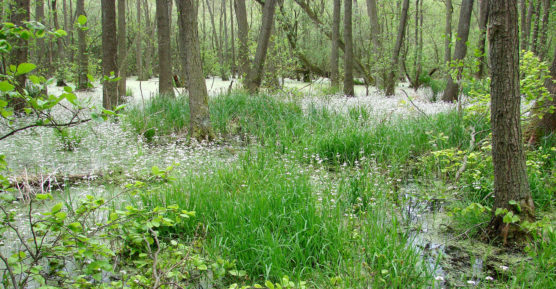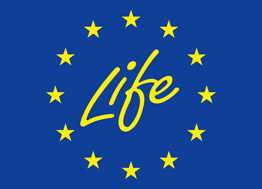The LIFE Peat Restore partners – Lithuanian Fund for Nature, University of Latvia, Tallinn University, NABU and Naturalists Club – have developed a brief analysis of the regulatory framework of peatland use in their respective countries – Lithuania, Latvia, Estonia, Germany and Poland. The analyses describe the key legislations that address peatland use and protection and identify the more problematic aspects of the legal frameworks for peatlands.
In addition to highlighting the main problems and gaps in the national regulatory frameworks, the analyses provide recommendations on how to best improve these regulations, in order to build more effective peatland protection. The summaries lend a practical perspective, as the issues and recommendations presented stem from experience gathered by the partners over years of working with peatland protection, restoration and research.
A key commonality found among the national frameworks reviewed is the lack of incentive to restore degraded peatlands. The legal frameworks do not prioritise restoration nor do governments provide the necessary comprehensive financial support.

In Latvia, the analysis considers the need to prioritise re-naturalisation (restoration of the wetland) when assessing the after-use plans of extraction sites. Currently, the legislation on use of subterranean depths requires re-cultivation after cessation of peat extraction; however, it does not differentiate between afforestation, berry plantations, water-bodies, recreation areas, etc. Moreover, the procedure allows the peat extraction company to determine the type of re-cultivation and does not take into account the long-term impacts of the selected re-cultivation type (e.g. greenhouse gas emissions, impacts to biodiversity, etc.).
The German framework for peat extraction faces similar challenges. In its current form, the German Federal Mining Act is quite outdated and inadequate. Indeed, it must be modernised. Environmental issues should be inserted within the mining procedure as early as possible, ideally, in the stage of granting mining rights. Likewise, the Mining Act should prioritise restoration projects before resorting to any other subsequent re-utilisation alternatives.
On the other hand, in Poland the analysis concludes that the legal system does not need to be changed substantially; instead implementation and enforcement must be improved. Furthermore, the formal requirements for peatland restoration measures should be simplified, including the definition of peatland restoration as a public interest.

Peatlands provide a vital service to global climate. Healthy peatland ecosystems store twice as much carbon as all forests in the world. However, when they are degraded, peatlands are also one of the most significant sources of carbon, leading to increase in global warming.
In addition to acting as climate regulators, peatlands are also flood and fire preventers. In definitive, the functions peatlands deliver are crucial to the wellbeing of communities all over the world. Their relevance to human lives and the importance of their protection and restoration must be reflected accordingly in national legal frameworks and supported by financial programmes. As international efforts aim to reduce greenhouse gas (GHG) emissions and nations establish GHG reduction targets within the frame of the Paris Agreement, it is only logical that governments recognise and protect peatlands in accordance with the essential services they provide us.
Links to the analyses:
Legal regulatory framework of peatland exploitation, draining and restoration in Poland
Legal regulatory framework of peatland exploitation, draining and restoration in Germany
Legal regulatory framework of peatland exploitation, draining and restoration in Latvia
Legal regulatory framework of peatland exploitation, draining and restoration in Estonia
Legal regulatory framework of peatland exploitation, draining and restoration in Lithuania


